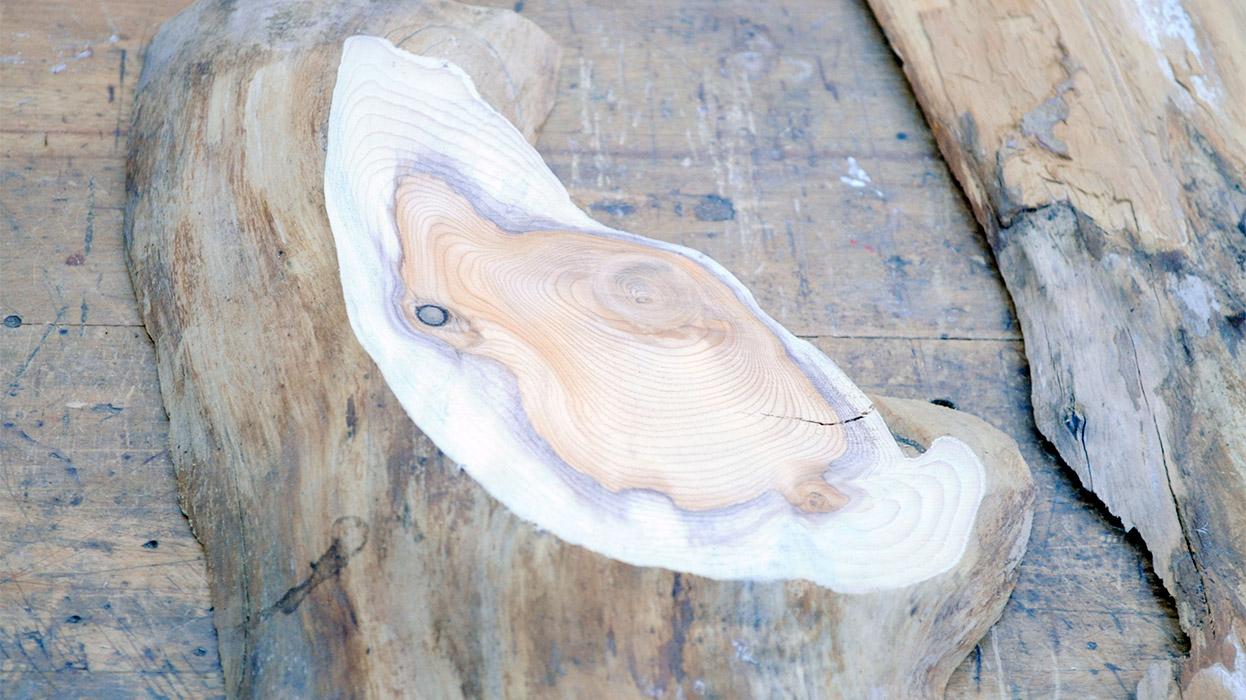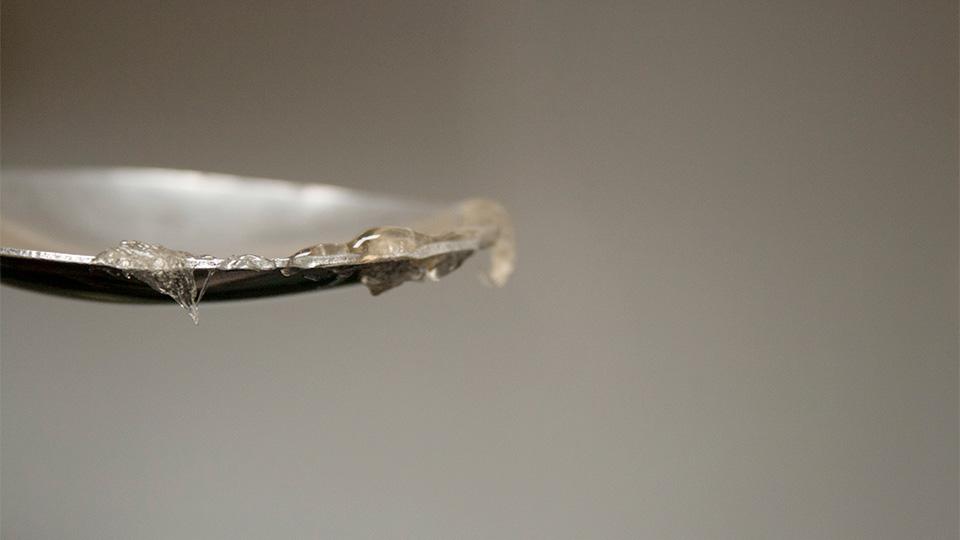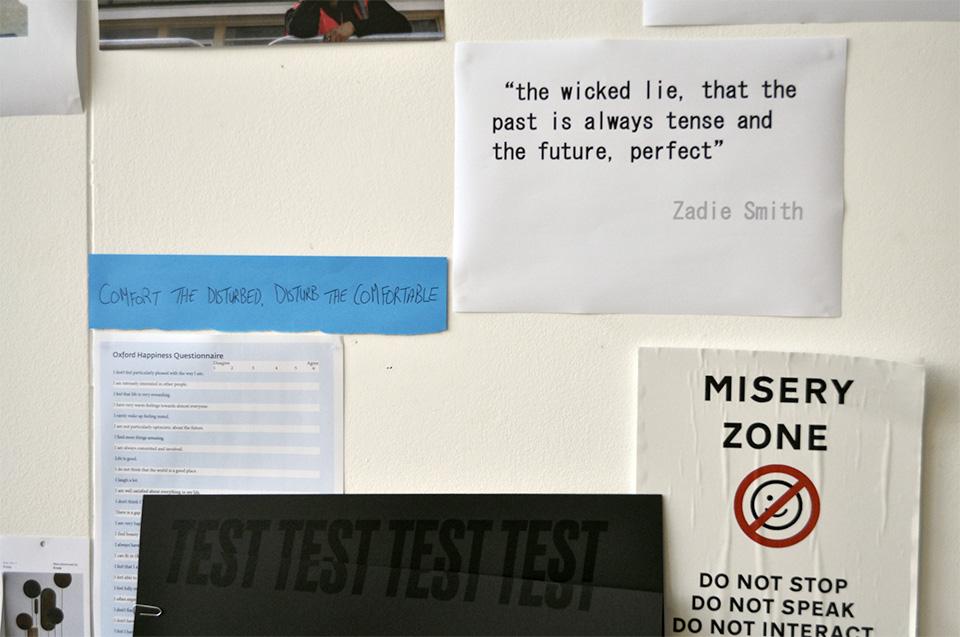Death, misery and bees: Introducing our MA Interaction Design students’ 2015 Degree Show
Primary page content
Exploring concerns ranging from death and rebirth to the preservation of urban bees, from the 1-4 December students from our MA Interaction Design course will present their final work in the St James Hatcham Building, New Cross.

MA Interaction Design student Shih-Yuan Huang is testing the objects she's created by giving them to people of different religions and asking for feedback
On Tuesday 1 December the degree show is open for private view, followed by a public opening from 2-4 December between 10am and 6pm.
The exhibition is a platform for students to document and present their unique approach to interaction design through practice-based research methods.
Nadia Barbu, Communications and Social Media Coordinator in the Department of Design, asked three of our students for a peek at the work they’ll be exhibiting at this year’s show:
You may have heard that honeybees are in trouble and dying out at an alarming rate. But have you thought about what our world would look like if they were to disappear altogether? This is the (very real) possibility that MA Interaction Design student Tom Hoare is exploring in his graduation project.
Facing a future without bees, Tom wanted to approach the issue from a different angle rather than jump on the bandwagon of already-existing initiatives such as urban beekeeping. So he faced his phobia of syringes and set about making honey himself, in order to find out what it would mean for humans to take on the work of honey bees.
Three hours later, he’d made less than 5ml, concluding: "We're just not good enough at emulating nature”.
Unfortunately, it seems that we're not very good at appreciating all that bees are doing for us, either, since we insist in using pesticides that are not friendly to them. Tom’s wider project looks at how bee extinction would trigger larger scale changes in our way of life.
You'll have a chance to take a look at these honey-making tools and human-made honey samples at the MA Interaction Design exhibition.

Karen Barrett’s work offers a twist on the dominant neoliberal perspective of our current times, which urges us to pursue constant happiness at all cost.
“Instead I propose that misery and suffering are inevitable in the human experience and therefore should be embraced rather than shunned. My project seeks to develop alternative emotional narratives that allow for acceptance and celebration of misery,” Karen – who has a background in Psychology - explains.
She began her project with extensive desk-based researched, including an interview with Dr Will Davies from our Department of Politics, the author of the recently published book The Happiness Industry: How the Government and Big Business Sold Us Well-Being.
Using ‘cultural probes’ and public space interventions – including ‘misery zones’ put together on campus and elsewhere in Lewisham - Karen gathered a diverse range of insights which influenced her final project.

For Shih-Yuan Huang’s final project she’s made items that reinterpret death and funeral rituals through the idea of re-birth. Working with yew wood – which has a long history as a cemetery tree - Yuan’s work spans cultures and religions, including her family’s Taoist Buddhist faith, with its important concepts of reincarnation and rebirth.
Want to know more?
Read Nadia’s interviews with Karen and Tom on the Department of Design blog and keep an eye on the blog for more interviews to come.
Check out the MA Interaction Design students' Tumblr
And visit the show at St James Hatcham from 2-4 December.

Find out more about MA Interaction Design and the Department of Design at Goldsmiths.